The FFA (Fundus Fluorescein Angiography) and ICG (Indocyanine Green Angiography) eye tests are procedures that help doctors see the blood vessels in the back of your eye. These test help doctors find problems like leaky blood vessels, blockages, or abnormal growths that can affect your vision. These are commonly used to diagnose and monitor conditions like diabetic retinopathy and macular degeneration.
These angiography involve injecting a fluorescein dye into a vein. The dye glows green when exposed to blue light, helping it reach the eye's blood vessels quickly. Doctors then take pictures at different times to see how the dye moves through these vessels. This helps identify abnormal blood flow or leaks in the retina.
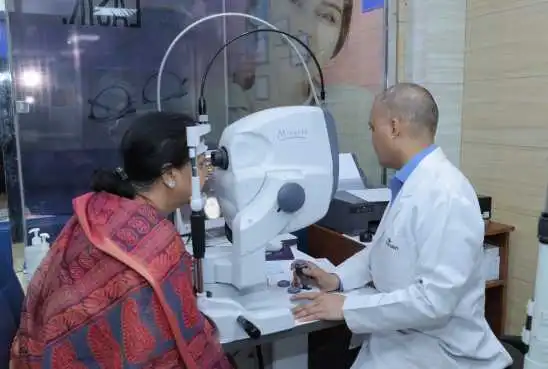
The following process is followed commonly:
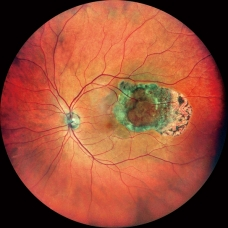
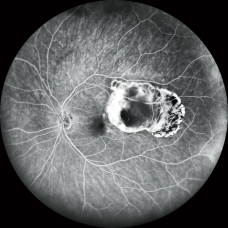
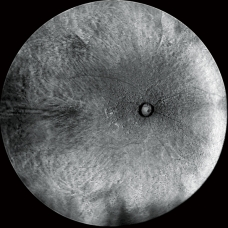
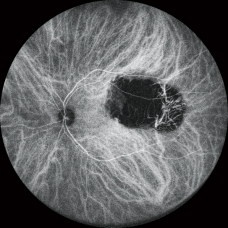
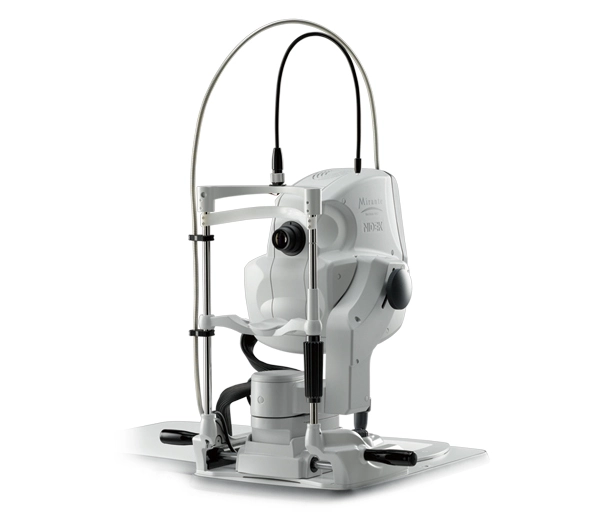
Before the Test:
After the Test:

Ans: During the injection you may feel warm or experience a hot flush. This only lasts seconds then disappears. Your skin will be pale yellow and your urine coloured fluorescent green. This is entirely normal and may take two days to wear off.
Ans: Yes. It is advisable to eat a light meal before the test. If you have diabetes you must ensure you have had enough to eat.
Ans: No. You are always advised not to come alone for angiography. The drops and bright light from the camera will blur your vision for a short time. You may not be able to drive back home.
Ans: Yes, all your regular medication should be continued. You will be asked before the test what medication you are taking.
Ans: Yes, this is very important. Also inform us of any allergies that you may have. If you think that you may be pregnant, please inform the nursing/medical staff.
Ans: You can get the reports on the same day.
Copyright © 2025 | Save Sight Centre | All Rights Reserved.